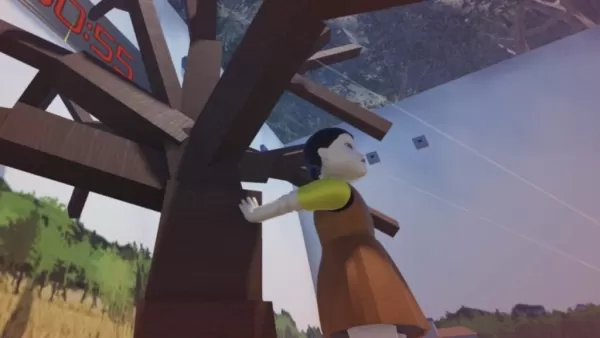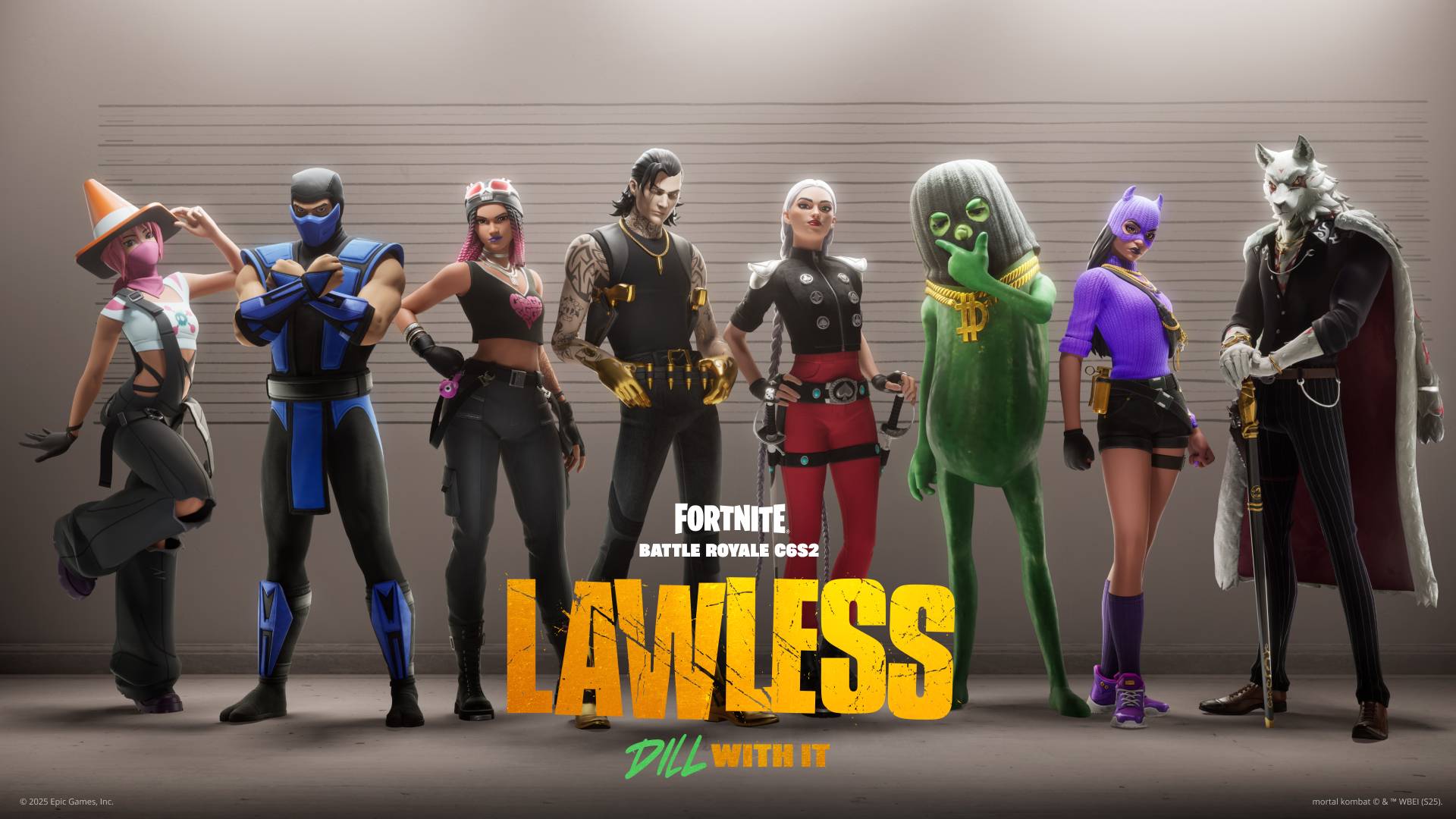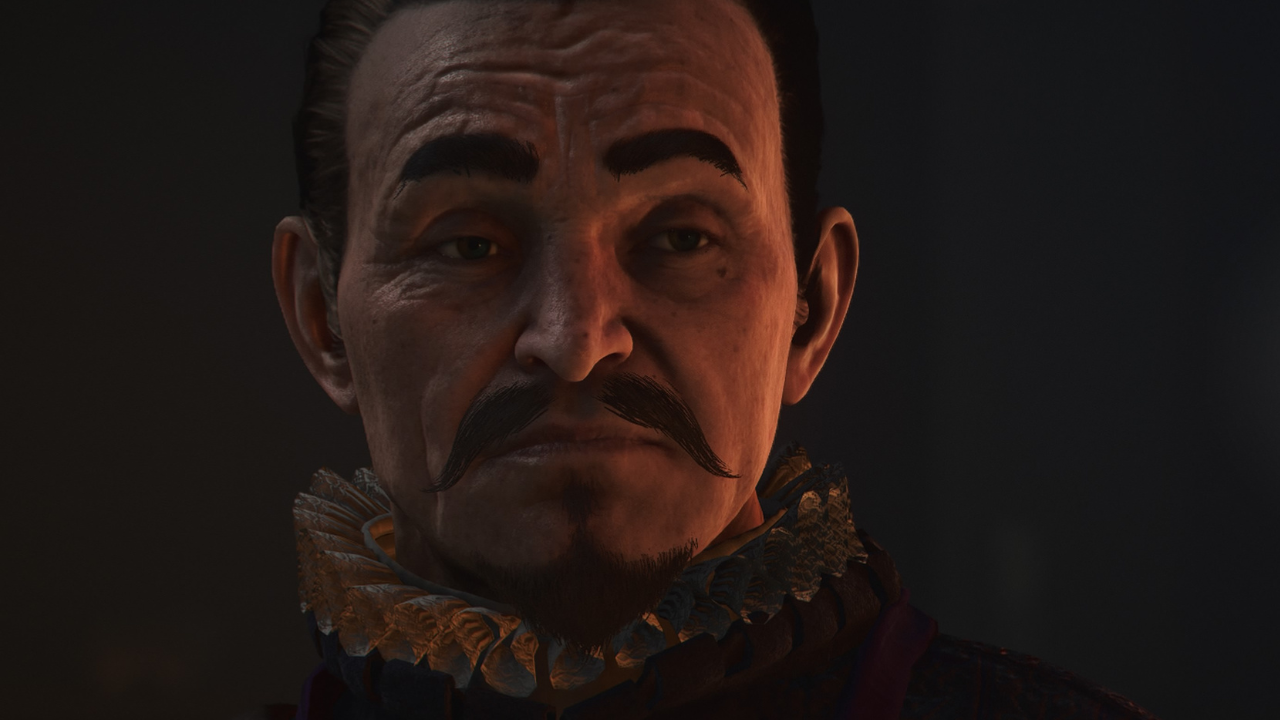Dire Wolves Revived Through Scientific Breakthrough
Bringing a super-sized canine back from extinction after 12,500 years might sound like a plot from a thrilling movie, complete with dramatic special effects, but it's become a reality thanks to the efforts of Colossal Biosciences. This biotech company has successfully used DNA from the common gray wolf, gene-editing techniques, and domestic dog surrogates to bring three dire wolves—Romulus, Remus, and their younger sister, Khaleesi—into existence. These majestic creatures, now residing in a secret location in the US, embody the awe-inspiring vision of a mother of dragons: huge, white, and simply stunning.
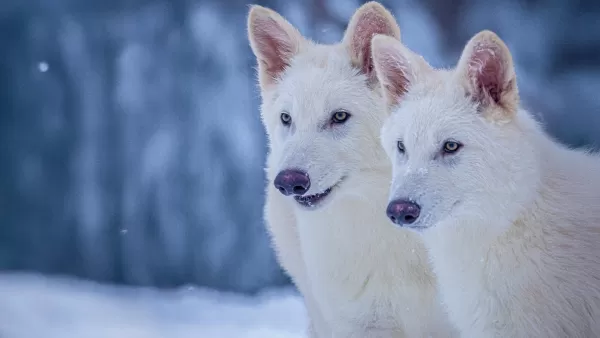 Romulus and Remus at three months old
Romulus and Remus at three months old
Ben Lamm, CEO of Colossal Biosciences, expressed his pride in the team's achievement, stating, "This massive milestone is the first of many coming examples demonstrating that our end-to-end de-extinction technology stack works." The process involved extracting DNA from a 13,000-year-old tooth and a 72,000-year-old skull to create these healthy dire wolf puppies. Lamm emphasized the broader impact of their work on conservation, saying, "It was once said, ‘any sufficiently advanced technology is indistinguishable from magic.’ Today, our team gets to unveil some of the magic they are working on and its broader impact on conservation."
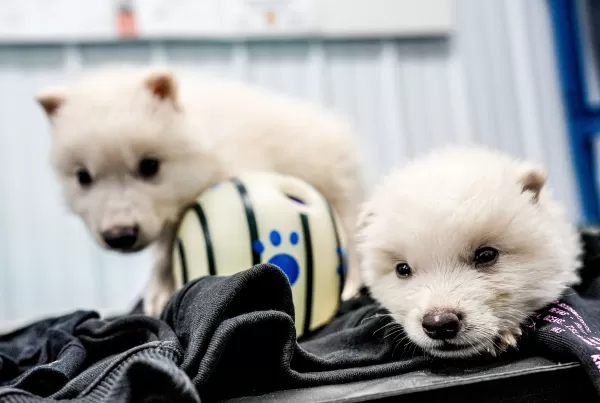 Romulus and Remus at one month old
Romulus and Remus at one month old
Colossal Biosciences isn't new to making headlines; they previously engineered a Colossal Woolly Mouse, resembling a mammoth phenotype, using computational analysis of numerous mammoth genomes. Critics argue that the dire wolves are essentially normal wolves in a genetic costume, suggesting that the dire wolf DNA available today is insufficient for creating a true genetic clone.
However, the company's goals extend beyond creating a social media sensation or owning extraordinary pets. Colossal Biosciences aims to use their findings to aid in the preservation of current species for future generations. Dr. Christopher Mason, a scientific advisor and board member of Colossal, remarked, "The de-extinction of the dire wolf and an end-to-end system for de-extinction is transformative and heralds an entirely new era of human stewardship of life." He highlighted that the same technologies used to create the dire wolves could also help save other endangered animals, showcasing the power of biotechnology in both science and conservation.
The dire wolves are housed in a 2,000+ acre preserve, which has been vetted by the American Humane Society and the USDA. They live a life of luxury, cared for by a dedicated staff, ensuring their well-being and the continuation of this groundbreaking project.








